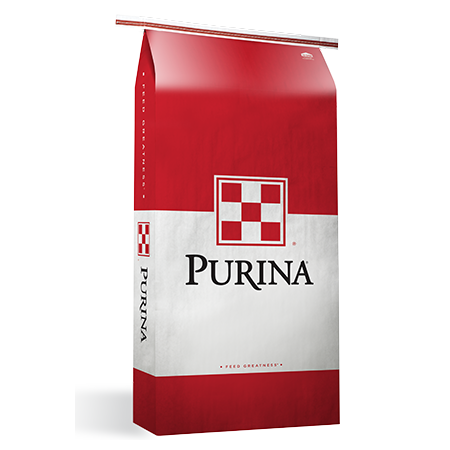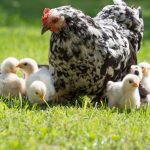Purina Sheep Balancer B136
 Purina Sheep Balancer B136 is an all-purpose supplement. It is ideal for use in all stages of sheep production. Purina Sheep Balancer can be used to supplement breeding ewes and rams. It can also be used as a growing-finishing diet for high genetic potential feeder lambs that are fed for maximal performance. This ration balancer contains 36% protein. Plus, it offers added calcium and ammonium chloride. As a result, it helps to prevent urinary calculi.
Purina Sheep Balancer B136 is an all-purpose supplement. It is ideal for use in all stages of sheep production. Purina Sheep Balancer can be used to supplement breeding ewes and rams. It can also be used as a growing-finishing diet for high genetic potential feeder lambs that are fed for maximal performance. This ration balancer contains 36% protein. Plus, it offers added calcium and ammonium chloride. As a result, it helps to prevent urinary calculi.
Purina Sheep Balancer B136 is medicated with Bovatec. Which means it is an ideal choice to help prevent coccidiosis.
Have questions? Reach out to our friendly staff at any of our local Farmers Co-op locations. Also, be sure to follow us on Facebook for product updates, news and events.
Guaranteed Analysis
Calcium (Ca) MIN 4.50 %
Feeding
Thoroughly mix 441 lbs of this Type B Medicated feed into 1569 lbs of non-medicated feed to obtain one ton of Type C medicated feed containing 30 g/ton lasalocid.
Feed the resulting Type C Medicated feed continuously at a rate of 1 to 4.6 lbs to provide 15 to 70 mg lasalocid per head per day depending on body weight.
Caution
USE ONLY AS DIRECTED
Management Practices
Follow these management practices:
- Lambs should be adjusted gradually to this product (over a period of 5 to 7 days) to reduce the risk of overeating and other digestive disturbances.
- This ration can be self-fed to lambs if they are properly adjusted to the ration.
- Do not allow starved lambs access to this feed.
- Vaccinate all lambs to prevent enterotoxemia (overeating disease) with both C and D toxoid.
- Keep a constant supply of complete feed available to lambs. Do not allow fine material to accumulate in feeders.
- Provide adequate bunk space for each animal. Bunks should be well protected and well managed to prevent feed from becoming wet and moldy.
- When fed from a self-feeder, adjust feeder to minimize quantity of feed accumulating in the trough.
- Provide free choice salt at all times.
- Fresh, clean water should be available at all times.



